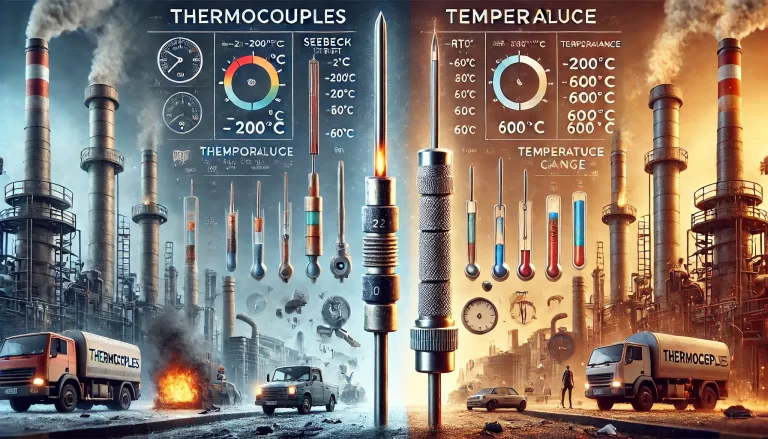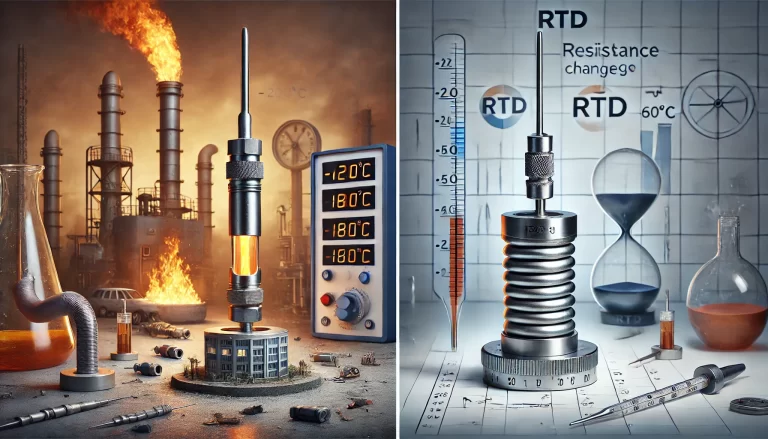When connecting a thermocouple, it’s essential to ensure that the polarities are correctly matched. If the connections are wrong, the reading on the display could be affected. This article explains how incorrect thermocouple connections can influence the displayed temperature, and whether the error leads to a higher or lower reading.

Situation 1: Incorrect Connection Between Thermocouple and Compensation Wire
In this situation, the error occurs when the thermocouple is incorrectly connected to the compensation wire. The temperature at the junction of the thermocouple and compensation wire plays a crucial role in determining the measurement.
When the temperature at the thermocouple junction is higher than the room temperature (the temperature of the control room), the compensation wire generates a positive voltage (compensation potential). The thermocouple’s generated voltage is positive as well, so the total voltage reading is a sum of both the thermocouple’s voltage and the compensation wire’s voltage.
However, if the connection is reversed, a negative value will be added to the total reading. As a result, the display will show a lower temperature than it should, since the negative compensation potential lowers the total voltage.
When the temperature at the thermocouple junction is lower than the control room temperature, the compensation wire will generate a negative compensation potential. The thermocouple’s generated voltage is positive in this case. When the connections are reversed, this would mean that a negative value is subtracted, which would add an extra negative compensation potential to the overall reading. This leads to a higher temperature reading, as the subtraction of a negative value increases the total voltage.
When the temperature at the thermocouple junction is equal to the control room temperature, the compensation wire’s compensation potential is zero, meaning it has no effect on the measurement. Therefore, an incorrect connection will not have any impact in this scenario.

Situation 2: Incorrect Connection Between Thermocouple and Display Instrument
This situation refers to an error where the polarity of the thermocouple is reversed when connected to the display instrument. Unlike the first situation, in this case, the display does not show a higher or lower temperature reading based on the polarity of the thermocouple.
The reason for this is that both the thermocouple and the display instrument have specific polarities. Reversing the thermocouple’s polarity is equivalent to switching the positive and negative connections. This does not affect the magnitude of the temperature reading but causes the displayed temperature to be shown as a negative value. Essentially, the thermocouple is still generating the correct voltage, but the direction of the reading is reversed, and the display shows a negative temperature instead of a positive one.

Conclusion
In conclusion, when the thermocouple and the compensation wire are incorrectly connected, the temperature reading can be either higher or lower, depending on the temperature difference between the junction and the control room. However, if the thermocouple is incorrectly connected to the display instrument, it will not affect the magnitude of the temperature but will result in a reversed reading (e.g., a negative temperature instead of positive).
By ensuring correct polarity connections, accurate temperature readings can be maintained, which is critical for precise measurements in various industrial applications.
